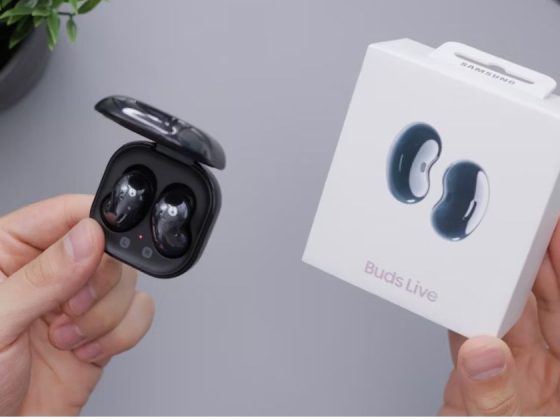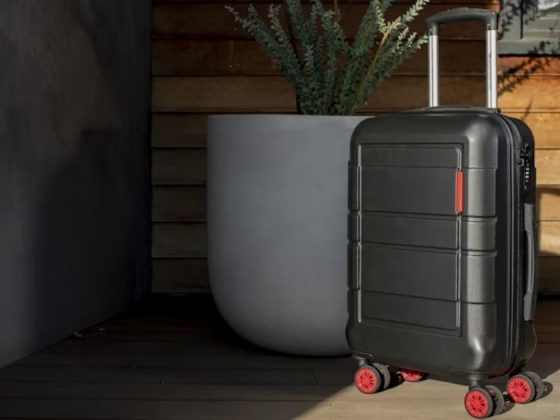If your goal is to spend money wisely, comparison shopping is a must. When a store displays a sign that says “sale” or “$10 off,” that doesn’t necessarily mean you are getting the best – or even a good – price for that item. To get the best value for your dollar, you need to know who else is selling the item and at what price.
Use Price-Comparison Sites
If you have your eye on a new jacket by a popular maker at a nearby store, or are shopping around for a certain digital camera, check online before purchasing. Both online and brick-and-mortar retailers have many unadvertised specials. Price-comparison sites can sometimes narrow the scope on a particular item by aggregating, or collecting, all known prices from every retailer carrying that product.
Bizrate
Bizrate provides a seemingly unending amount of product information on items ranging from tank tops to computers. You can shop the site by category or search for specific products. For example, if you search for “iPad with retina display,” several pages of products are returned. You then have the opportunity to narrow your search by operating system, hard drive capacity, or service carrier. Once you have sufficiently narrowed your search, you can review product specifications, seller ratings, product reviews, prices, and shipping rates. If you aren’t quite ready to purchase, set an alert to be notified of price changes.
Bizrate is a leader in its field, as indicated by its number one position on the OftenOnline.com list of the best comparison websites. The site’s reviews are so trusted that Bing now features them on its search engine response pages.
Nextag
Nextag covers a huge range of products, from swimsuits to car parts. You can search for a specific item or click one of several product categories. If you do the latter, expect to find a broad spectrum of related products. For example, clicking “juicers” brings up everything from commercial wine presses to small kitchen tools. Fortunately, the site also has good tools for narrowing those results. You can search by brands, like Breville or Cuisinart, or by price range. You can also narrow your search by looking for specific features, like “easy to clean” or “pulp ejection.” You can even look for product coupons or free shipping options.
Nextag also includes a feature called Matchmaker. This feature continuously refines your search based on products you have clicked, liked, or followed in the past. The site enjoys an A+ rating from the Better Business Bureau, as well as a four-star rating from TrustPilot.
Shopzilla
If Shopzilla has a significant flaw, it may be the sheer volume of its listings. According to Shopify, Shopzilla includes more than 100 million products. The site offers everything from vintage perfumes to cutting edge electronics. Even with its strong search and refinement capabilities, narrowing browsing results to less that a few hundred items remains a challenge. If, however, you search for a specific model number, you can expect to see a single page of stores carrying that product and easily discern which one has the best price.
PC Magazine rated Shopzilla as “good” and the site was included in the 2012 Marketing Tech Blog listing of the best comparison shopping sites.
Use Price-Comparison Apps
The key advantage of apps is that they allow you to find the best local deals, as opposed to shopping online.
Smoopa
Smoopa is a free app for Android and iPhone that received high marks from PC Magazine. Download the app and use your phone to scan the price of an item from inside a local store. If the item scanned is being sold at the best price, a green icon appears on your phone’s screen. If this is not the best price, other alternatives will be presented.
Decide
Have you ever purchased a product and then found it in the bargain bin three weeks later because a new version was just released? The Decide app, available exclusively on iTunes, helps you to prevent that scenario. Not only does this app provide comparison information about existing prices, it predicts future prices and helps you decide whether to buy or wait.
Do the Math
You don’t have to use technology to get the best deal. Many frugal shoppers break prices into units and record those unit prices for future reference. This doesn’t have to be a big cumbersome project. Just keep track of prices each time you shop, and soon you will know what constitutes a good price on almost everything you buy routinely.
Comparison Shopping Secrets
The primary goal of comparison shopping is to make sure that you’re getting the best possible deal on the items you purchase without compromising quality. Helpful tips include:
- If you live in an upscale neighborhood, the price of gas and other necessities may be substantially lower in a more moderate neighborhood only a few miles away.
- You can often order products through a merchant’s website cheaper than buying in-store. The item may even be cheaper still on a competitor’s site.
- Give store and generic brands a chance. Certain items may have the exact type of ingredients, perform the same way, and deliver identical results, yet have a different brand name.
- Ask, “Do you honor competitor’s coupons?” While it may not be advertised, many retailers not only honor competitors’ coupons, but even offer a price lower than the competitor to those who ask.
- When negotiating a price, offering to pay cash instead of using a credit card may sometimes net you a lower price.
- Understand the difference between price and value. If you’re shopping for a new laptop, for example, different models come with different features, warranties, and customer support. If you focus only on the price, you may find yourself spending a little less buy lacking critical capabilities or help desk support when you need it.
- Speed is the sometimes the enemy of value, so take your time when shopping for big ticket items like electronics, home appliances, or vehicles.
- Pay attention to advertisements. Manufacturers and merchants spend billions of dollars on advertising to lure you into buying, but you can use those ads your advantage. They provide valuable pricing information that you can use to compare merchants to their competitors.
Reaching a Saturation Point
It’s possible to generate too much information. The saturation point is when the differences between items or stores are so small that further research is pointless. Trust your judgment. When you’ve made a reasonably thorough comparison, make a decision and enjoy your purchase.








